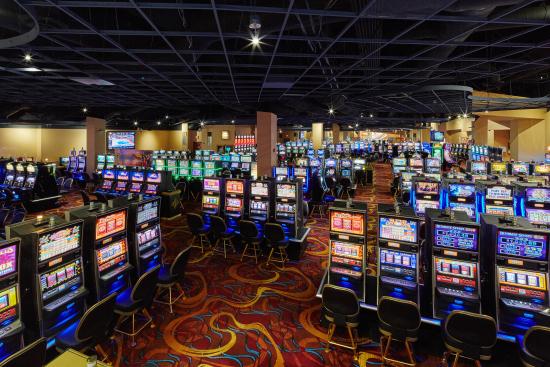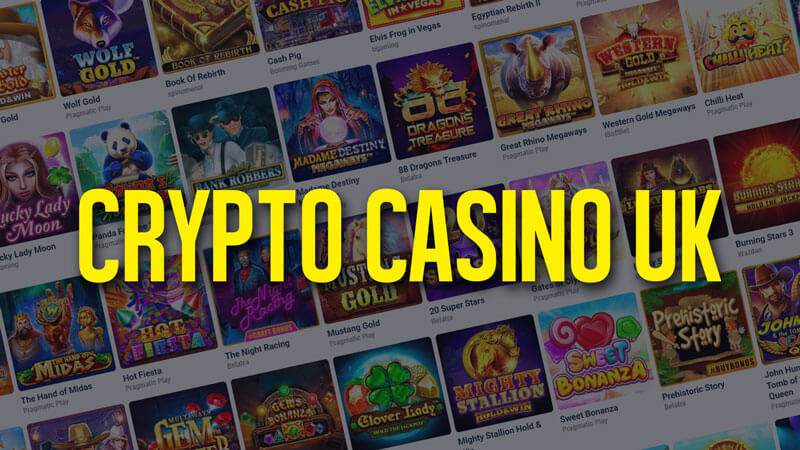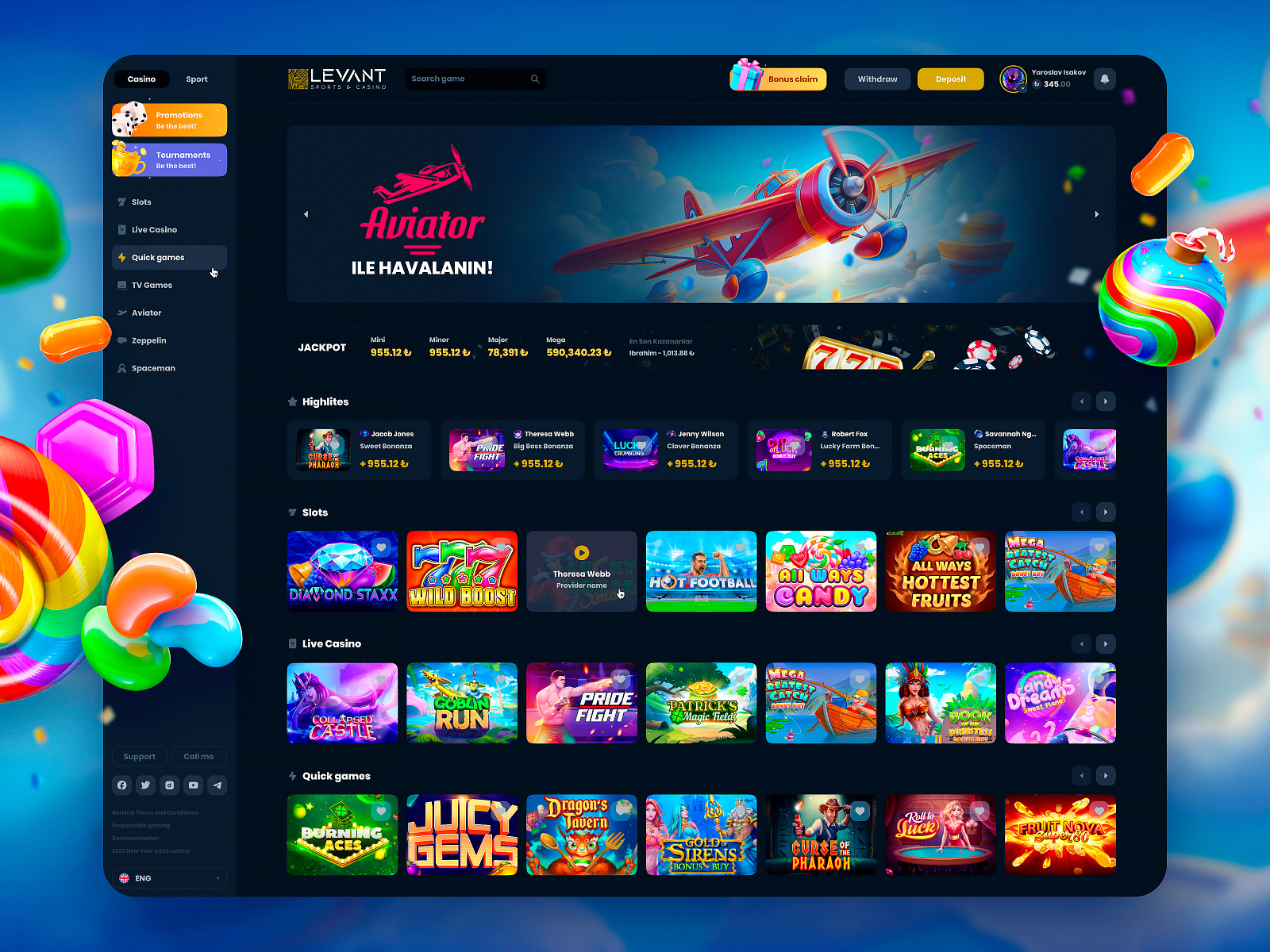1. Introduction: The Intersection of Mythology and Modern Gaming
Ancient myths have shaped human culture for millennia, offering stories that explain natural phenomena, convey moral values, and explore the divine. These narratives have persisted through oral traditions, art, and literature, influencing countless aspects of modern life. As a contemporary storytelling medium, video games have evolved into powerful tools for cultural expression, blending interactive mechanics with mythological themes to create immersive experiences. This article explores how symbols like lightning and mythic figures continue to inspire game design, enriching gameplay and educational value alike.
Contents
- Historical Roots of Myth in Modern Narratives
- The Symbolism of Lightning in Myth and Culture
- Myth Influence on Game Design and Mechanics
- Case Study: Modern Myth-Inspired Gaming
- Broader Examples of Myth-Inspired Games
- Educational Power of Myth in Gaming
- Psychological and Societal Impacts
- Future of Mythology and Lightning in Gaming
- Conclusion
2. Historical Roots: Ancient Myths as Foundations for Modern Narratives
Throughout history, mythological themes have served as foundational elements for storytelling. Early civilizations crafted stories involving gods, monsters, and heroic deeds that explained natural phenomena—such as thunderstorms or eclipses—and reinforced societal morals. For example, Greek mythology’s tales of Zeus wielding thunderbolts established lightning as a divine weapon symbolizing authority and divine intervention.
Traditional art and literature from cultures worldwide—such as the Norse myths of Thor’s mighty hammer or the Hindu stories of Indra’s storm battles—demonstrate the enduring power of myth-inspired motifs. These stories, passed through generations, laid the groundwork for modern narratives, which now incorporate visual and interactive media to deepen engagement.
The transition from oral traditions to visual storytelling, seen in early plays and illuminated manuscripts, evolved further with the advent of cinema and digital media, allowing mythic themes to reach global audiences in innovative ways.
3. The Symbolism of Lightning in Mythology and Culture
Lightning has long been a potent symbol across cultures, embodying divine power, transformation, and sudden illumination. Its awe-inspiring nature makes it an ideal metaphor for divine intervention and the harnessing of cosmic forces. In mythology, lightning often signifies authority—think of Zeus, the king of Greek gods, who commands thunderbolts as symbols of supreme power.
Similarly, Norse god Thor wields Mjölnir, a hammer associated with lightning and storms, representing strength and protection. In Hindu mythology, Indra’s storm weapon embodies the destructive and purifying aspects of lightning.
Psychologically, lightning can evoke feelings of awe, fear, or inspiration, mirroring internal processes of sudden insight or transformation. Thematic implications in storytelling often use lightning to mark pivotal moments—such as divine revelations, battles, or character metamorphosis—adding dramatic intensity.
4. How Ancient Myths Influence Game Design and Mechanics
Modern game developers frequently embed mythological narratives into their worlds, creating rich backstories and lore that resonate with players. Mythic symbols and motifs—such as lightning bolts, divine weapons, or sacred temples—serve to evoke a sense of grandeur and familiarity. For instance, visual elements like glowing lightning effects or thunder sounds enhance the immersive experience, linking gameplay to mythic symbolism.
Characters inspired by mythic deities—like gods, titans, or legendary heroes—are often central protagonists or antagonists. These figures embody archetypes that players recognize instinctively, fostering emotional engagement. For example, games may portray a deity-like hero wielding lightning powers, emphasizing themes of divine justice or chaos.
Game mechanics also reflect mythic themes—such as lightning-based attacks or divine blessings—serving both gameplay and storytelling purposes. This integration demonstrates how ancient myths continue to inform interactive design, making narratives more compelling.
5. Case Study: le zeus — A Modern Game Inspired by Mythology
«Le Zeus» exemplifies how contemporary games draw from mythological themes to craft engaging experiences. Set in a universe where players harness the power of lightning and divine forces, it immerses players in a narrative rooted in Greek mythology. The game’s core mechanics—such as summoning lightning strikes, invoking divine blessings, or battling mythic monsters—are directly inspired by Zeus’ mythos, illustrating how ancient symbolism informs gameplay.
Aesthetically, the visual design emphasizes stormy skies, glowing lightning, and regal motifs, creating a sense of divine grandeur. The educational aspect is subtly woven into gameplay, offering players insights into mythic stories and symbols while entertaining them.
This modern illustration of myth principles demonstrates the enduring relevance of lightning and divine figures, making ancient stories accessible and engaging for new generations.
6. Beyond «Le Zeus»: Broader Examples of Myth-Inspired Games
Many popular titles draw inspiration from ancient myths, creating diverse gaming experiences. The critically acclaimed God of War series, for example, reimagines Greek and Norse mythologies, placing players in worlds inhabited by gods, monsters, and heroes. The series uses mythic symbols—like lightning for Zeus or Thor—and mythic archetypes to deepen narrative resonance.
Similarly, Age of Mythology integrates mythic units and powers, such as lightning-based attacks, to enhance gameplay mechanics rooted in mythic lore. Recent innovations include VR games that allow players to explore mythic worlds in immersive ways, deepening their connection to these ancient stories.
These examples underscore how myth serves as a cultural bridge, fostering literacy and appreciation for ancient stories across diverse audiences.
7. The Educational Power of Myth-Inspired Games
Games rooted in myth can significantly enhance understanding of ancient cultures. By engaging players interactively, they foster critical thinking about mythic themes, symbols, and their historical contexts. For example, exploring the divine thunderbolt of Zeus or Thor’s hammer can deepen appreciation for cultural values and religious beliefs.
Furthermore, myth-inspired games serve as modern myth-making tools, allowing players to participate in storytelling processes that preserve and reinterpret cultural heritage. As a result, such games contribute to cultural literacy, encouraging curiosity and respect for diverse traditions.
Incorporating mythic symbols—like lightning—creates a shared visual language that enhances narrative comprehension and emotional engagement, making learning both fun and meaningful.
8. Non-Obvious Perspectives: The Psychological and Societal Impact of Myth in Games
Mythological themes influence player identity and emotional responses profoundly. Confronting mythic challenges or embodying deities like Zeus can evoke feelings of empowerment, awe, or introspection. These narratives often mirror societal values or fears—such as chaos versus order or divine justice—reflecting contemporary issues through mythic lenses.
Furthermore, as digital and interactive media evolve, myth’s role shifts from static storytelling to dynamic experiences. Virtual reality, for example, can immerse players in mythic worlds, fostering empathy and personal connection.
This ongoing evolution highlights myth’s versatility as a cultural and psychological tool, shaping individual and societal narratives in the digital age.
9. The Future of Mythology and Lightning in Gaming
Emerging trends point toward increasingly sophisticated myth-inspired game design, leveraging technologies like augmented reality (AR) and virtual reality (VR) to deepen immersion. Imagine exploring mythic worlds where lightning’s crackle responds to player actions, or where divine powers are harnessed through intuitive gestures—these innovations promise richer experiences.
However, as these adaptations grow, cultural sensitivity and authenticity become paramount. Developers must approach mythic sources with respect, avoiding cultural appropriation and ensuring accurate representations that honor original beliefs.
This balance between innovation and respect will shape the future landscape of myth-inspired gaming, ensuring that ancient stories continue to inspire responsibly and meaningfully.
10. Conclusion: The Enduring Power of Lightning and Myth in Shaping Modern Games
Ancient myths remain a vital source of inspiration for modern game design, providing symbols, narratives, and archetypes that resonate across cultures and eras. Lightning, as a potent symbol of divine authority and transformation, continues to energize storytelling, as seen in both classic mythologies and contemporary titles like le zeus.
“Mythology offers a universal language of symbols and stories—powerful tools for engaging players and preserving cultural heritage in the digital age.” — Cultural Studies Expert
As technology advances, the symbiotic relationship between myth and modern entertainment will continue to evolve, enriching our cultural landscape and inspiring new generations to explore the timeless power of stories woven with lightning and divine mystery.














